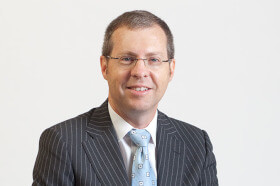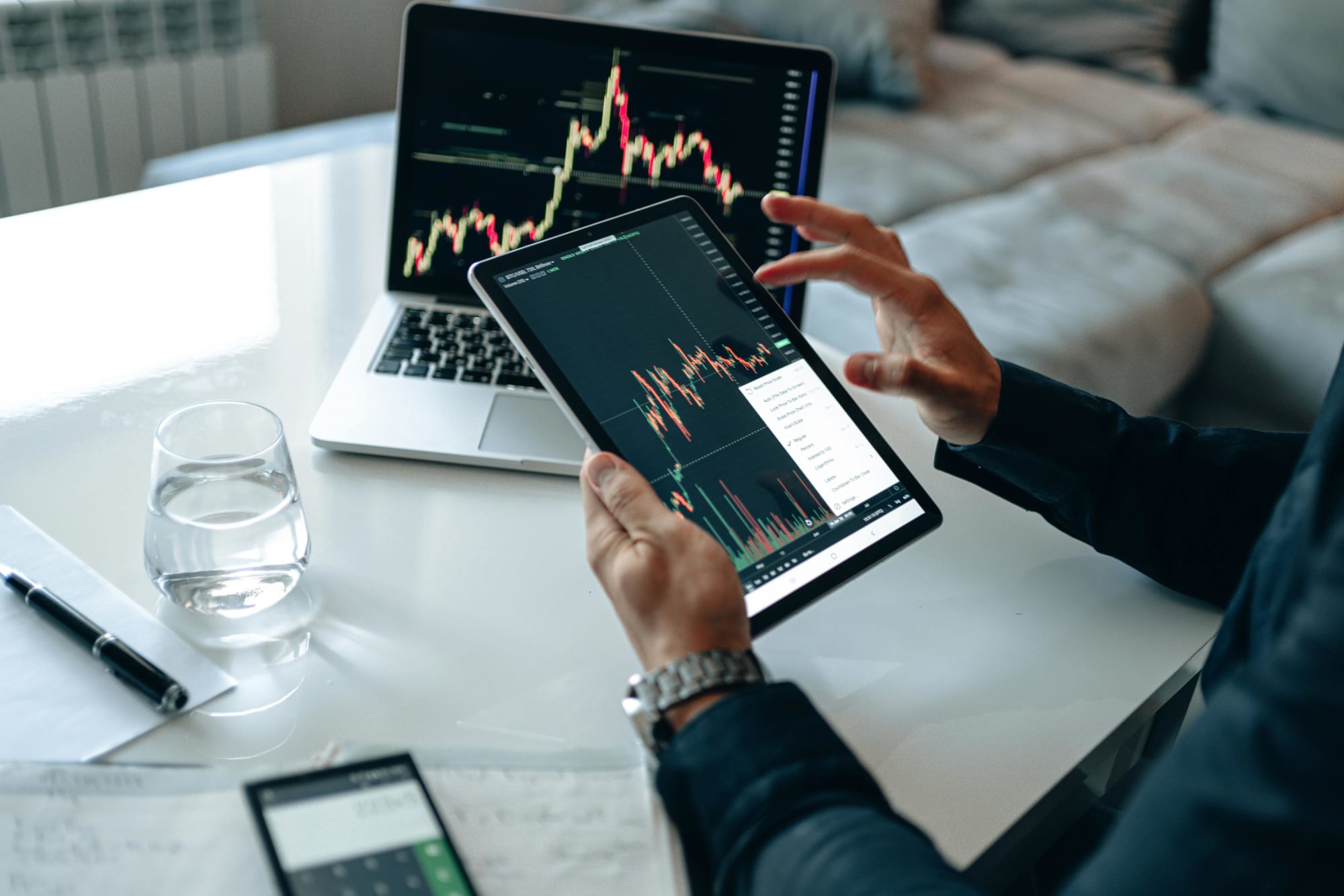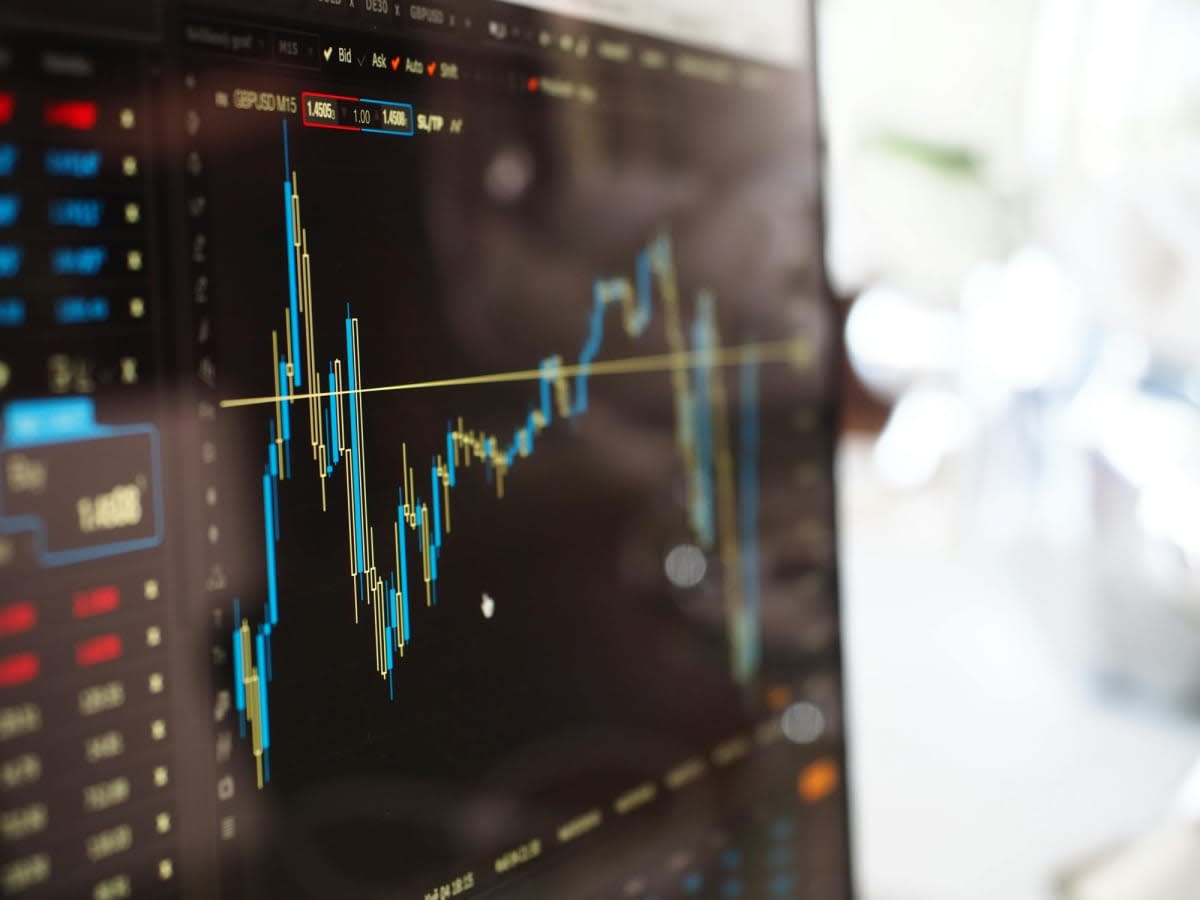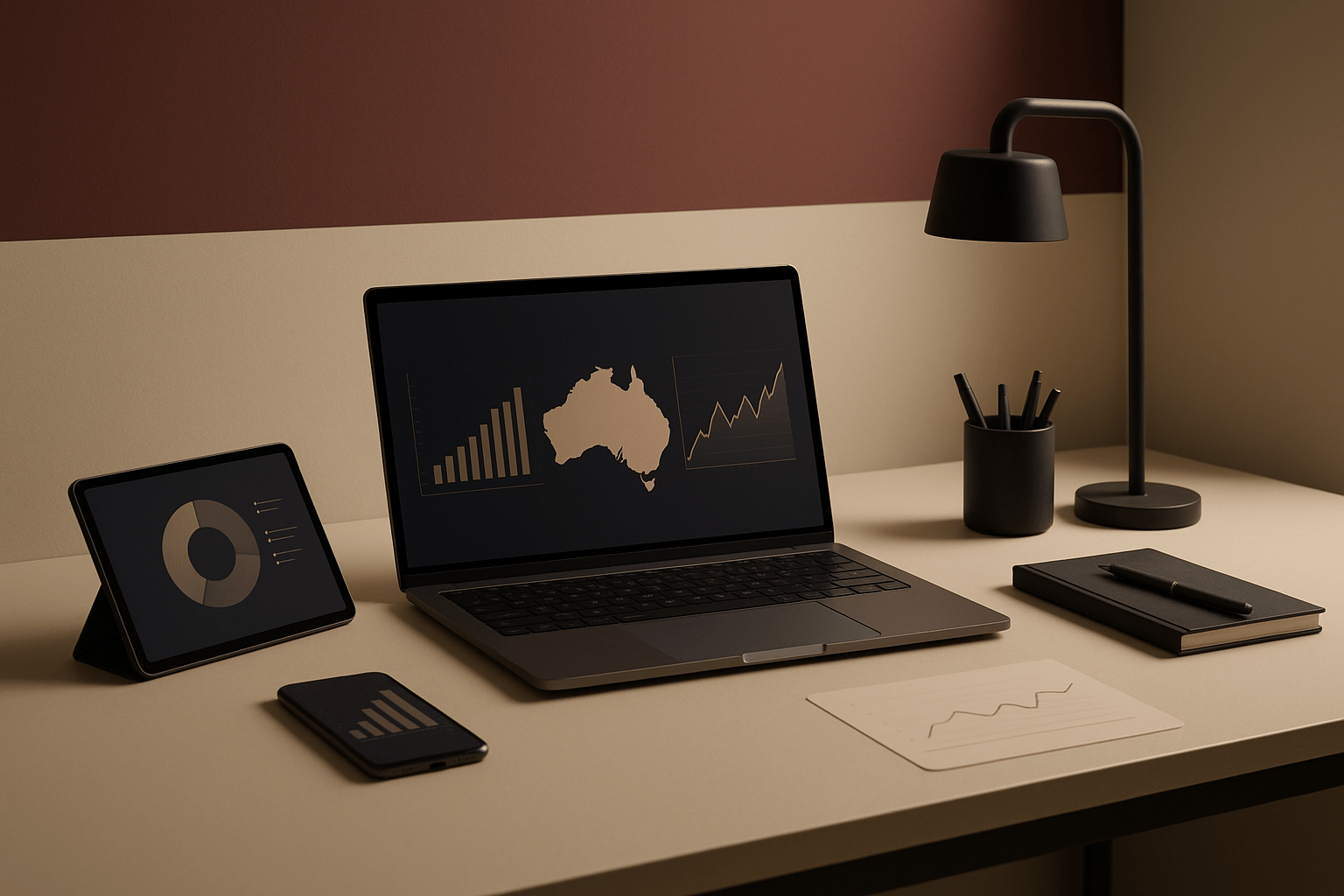Invest
The Travelling Economist: The US Economy, Employment and Inflation
In part one of a three-part series, economist Stephen Halmarick weighs in on the US economy, employment and inflation, and what we can expect going forward.
The Travelling Economist: The US Economy, Employment and Inflation
In part one of a three-part series, economist Stephen Halmarick weighs in on the US economy, employment and inflation, and what we can expect going forward.

First the big news − the US economy is doing OK. Not fantastic, not a disaster, just OK. That is not a brilliant insight, as it has been the case for a number of years.
This is because there is enough growth to see the Federal Reserve continuing on its very gradual tightening cycle, including an expected rate hike at the 14 December Federal Open Market Committee meeting which will take the Fed funds target rate to 0.5 to 0.75 per cent, and two rate hikes in each of 2017, 2018 and 2019 for a peak at around 2 per cent.
The most common phrase on the US economy I heard from my meetings is ‘slow and steady’. Real GDP growth in both Q1 2016 and Q2 2016 GDP were relatively soft at 0.8 per cent seasonally adjusted annual rate (SAAR) and 1.4 per cent SAAR respectively. But the partial data for Q3 2016 received so far indicates that it should come at around 3 per cent SAAR or even a little higher. Estimates for Q4 2016 are for growth at around 2.5 to 2.75 per cent SAAR. For 2016 as a whole, real GDP growth is expected to come in a little below 2 per cent for the year, which is not much of a change from the 2015 growth rate. At this stage, the outlook for 2017 looks to be a little stronger, but not by much.
Looking at the US economy more closely, some of the expected improvement through the second half of 2016 will come from a better trade performance and better inventory management, both of which should provide a positive (or less negative) contribution to growth in coming quarters.

Consumer spending, however, looks like it has faded in recent months after a better performance mid-year. Indeed, after growing by 4.3 per cent SAAR in Q2 2016, consumer spending is expected to come in at around 2.5 per cent SAAR in Q3 2016 and Q4 2016, and to maintain this pace in 2017. However, there are also signs that areas of consumer spending are narrowing, while there appears to be an increasing proportion of consumer spending on healthcare, experiences and tourism.
Housing starts are generally expected to remain around the 1.2 million units level at an annual rate through the remaining months of 2016 and into 2017. Expectations of higher interest rates in 2017 do not seem to be worrying the housing market unduly.
Business investment remains soft, although it is expected to pick up a little from the very meagre growth seen in H1 2016, especially as the oil price improves and encourages investment back into the energy sector. Feedback from my meetings and surveys indicate that business investment is soft because final demand has been slow and disappointing. There is no incentive to significantly increase capex given how modest economic growth has been.
Two other key aspects of the business capex outlook are the election and views on the global economy. There looks to be clear evidence that the 2016 presidential election − arguably one of the most divisive in recent times − is causing at least a pause in business investment plans. However, more uncertainty over the global economy, especially China and Europe, is seeing some of the big US multinational companies spending a little more on US capex and less in international markets.
Employment growth is kept at around $150,000-$200,000 per month by the pace of real economic growth. While this pace of monthly jobs growth could slow a little in the year ahead, it should still be enough to have the unemployment rate drifting lower. Expectations are that the unemployment rate will be closer to 4.5 per cent by the end of 2017, from a level close to 5 per cent at the end of 2016.
Significantly, general expectations are that US inflation could drift higher in the year ahead. The headline CPI is expected to come in around 2 per cent/year at the end of 2016, before rising towards 2.25 per cent/year to 2.5 per cent/year at the end of 2017. Perhaps more importantly, the core personal consumption expenditure (PCE) measure of underlying inflation is expected to move up from the current 1.7 per cent/year towards the Fed’s 2 per cent/year target in the year ahead. Very few economists, however, expect core PCE inflation to rise significantly above 2 per cent/year out to the end of 2018.
Nevertheless, some inflationary pressure is expected to come from the recent pick-up in key commodity prices − oil, iron ore, coal − and a better trend in global PMI indexes and some closing of the output gap. Put another way, some of the cyclical forces holding down inflation, or creating deflation, are expected to slowly reverse over the next year or so. But the structural forces holding down inflation, especially demographics and technology, remain firmly in place.
An upward trend in wages growth, although from very modest levels, is also beginning to reveal itself in the US and this could place some upward pressure on inflation, although this would also likely have significant implications for corporate margins.
Higher health costs could also be an ongoing driver of the upward trend in inflation. Expectations are that healthcare premiums could rise by as much as 25 per cent in 2017 for those states using the healthcare.gov portal, which accounts for 39 states and around 77 per cent of the national exchange enrolment. As noted below, healthcare costs are certainty an issue in the presidential election and will be a key focus for the next president.
Economic growth through 2017 is also likely to be supported by some fiscal policy easing. Both major presidential candidates are promising some fiscal policy stimulus, although Hillary Clinton’s plans are much more modest that Donald Trump’s.
Overall, the outlook for the US economy in the year ahead looks like being a bit more of the same − slow and steady with growth averaging around 2 per cent/yearr or perhaps a little higher. Probably the biggest change in sentiment since my last trip to the US in September 2015 is a feeling that inflation is now trending a little higher, as some of the spare capacity continues to be taken out of the economy and on the back of some strength in global commodity prices.
This slightly higher inflation trend is clearly something the Fed will need to monitor.
Stephen Halmarick, chief economist, Colonial First State

Stock market
6K Additive secures A$48 million through initial public offering on the Australian Stock Exchange
6K Additive, a prominent player in the advanced metal powders and alloy additions market, has made a significant stride by successfully completing its Initial Public Offering (IPO) on the Australian ...Read more

Stock market
Institutional investors increase stock allocations to 18-year high amid cautious market shifts
In a recent development, State Street Markets unveiled the findings of its latest State Street Institutional Investor Indicators, revealing intriguing shifts in institutional investor behaviourRead more

Stock market
FOREX.com launches in Australia to empower self-directed traders
StoneX Group Inc. (NASDAQ: SNEX) has announced the Australian launch of FOREX.com, expanding access for self-directed traders to a global suite of Contracts for Difference (CFD) products across ...Read more

Stock market
Westpac and CMC Markets strengthen partnership to enhance online trading services
In a significant move that underscores the evolving landscape of online trading in Australia, CMC Markets Stockbroking has been chosen as the preferred vendor by Westpac Banking Corporation to extend ...Read more

Stock market
Portfolio reviews as an operating discipline: turning volatility into a competitive edge
In a higher-rate, higher-volatility world, portfolio reviews are no longer an annual hygiene task; they’re a core operating rhythm that protects cash flow, unlocks tax alpha, and sharpens risk ...Read more

Stock market
Fee war on the ASX: Global X’s A300 turns up the heat on core Aussie equity ETFs
Global X has lobbed a 0.04% management fee into Australia’s core equity sandbox, launching the Australia 300 ETF (A300) to take on entrenched giants. Read more

Stock market
Challenger IM shakes up the ASX with private credit note and a side of risk
Challenger Investment Management has taken private credit mainstream with an ASX-listed note structure—LiFTs—that secured roughly $100 million in cornerstone commitments within a day of launch. Read more

Stock market
International stocks: Diversifying your portfolio beyond Australia
In an increasingly globalized market, Australian investors have the opportunity to enhance their investment portfolio by incorporating international stocks. Diversifying your investments globally can ...Read more

Stock market
6K Additive secures A$48 million through initial public offering on the Australian Stock Exchange
6K Additive, a prominent player in the advanced metal powders and alloy additions market, has made a significant stride by successfully completing its Initial Public Offering (IPO) on the Australian ...Read more

Stock market
Institutional investors increase stock allocations to 18-year high amid cautious market shifts
In a recent development, State Street Markets unveiled the findings of its latest State Street Institutional Investor Indicators, revealing intriguing shifts in institutional investor behaviourRead more

Stock market
FOREX.com launches in Australia to empower self-directed traders
StoneX Group Inc. (NASDAQ: SNEX) has announced the Australian launch of FOREX.com, expanding access for self-directed traders to a global suite of Contracts for Difference (CFD) products across ...Read more

Stock market
Westpac and CMC Markets strengthen partnership to enhance online trading services
In a significant move that underscores the evolving landscape of online trading in Australia, CMC Markets Stockbroking has been chosen as the preferred vendor by Westpac Banking Corporation to extend ...Read more

Stock market
Portfolio reviews as an operating discipline: turning volatility into a competitive edge
In a higher-rate, higher-volatility world, portfolio reviews are no longer an annual hygiene task; they’re a core operating rhythm that protects cash flow, unlocks tax alpha, and sharpens risk ...Read more

Stock market
Fee war on the ASX: Global X’s A300 turns up the heat on core Aussie equity ETFs
Global X has lobbed a 0.04% management fee into Australia’s core equity sandbox, launching the Australia 300 ETF (A300) to take on entrenched giants. Read more

Stock market
Challenger IM shakes up the ASX with private credit note and a side of risk
Challenger Investment Management has taken private credit mainstream with an ASX-listed note structure—LiFTs—that secured roughly $100 million in cornerstone commitments within a day of launch. Read more

Stock market
International stocks: Diversifying your portfolio beyond Australia
In an increasingly globalized market, Australian investors have the opportunity to enhance their investment portfolio by incorporating international stocks. Diversifying your investments globally can ...Read more








